
A production of the:  |
Exotic Paper Aircraft Gallery. |
Double-Spiked Destroyer |
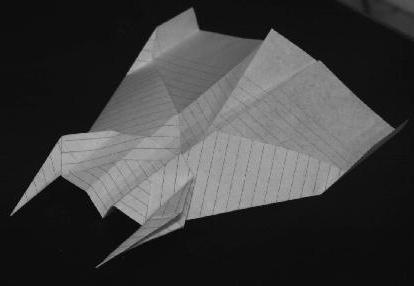 |
| Subjective analysis: This flies rather well for an aircraft based on the classic dart. Its most remarkable features are its ability to attract raised eyebrows and to make people who don't wear glasses nervous. Note: the basic canard design for this aircraft is from the book Flying Origami by Nakamura Eiji. |
Folding instructions:
|
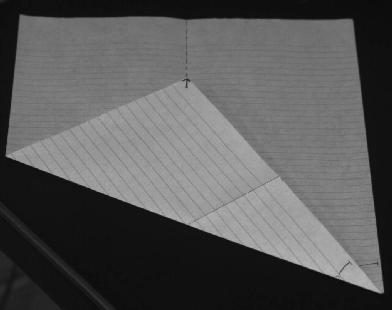
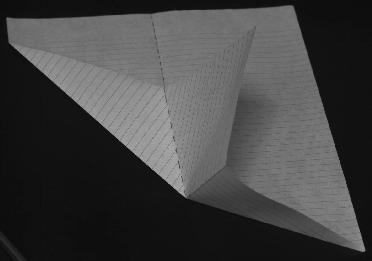

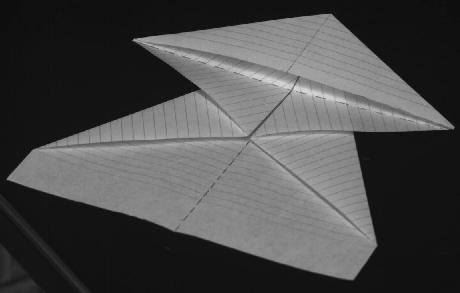
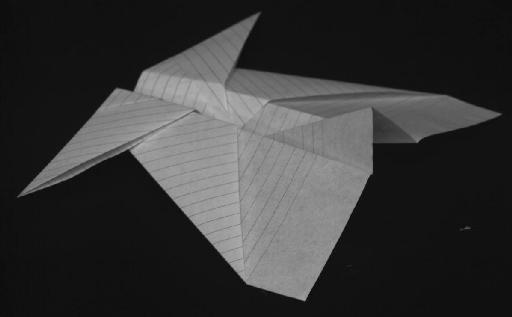
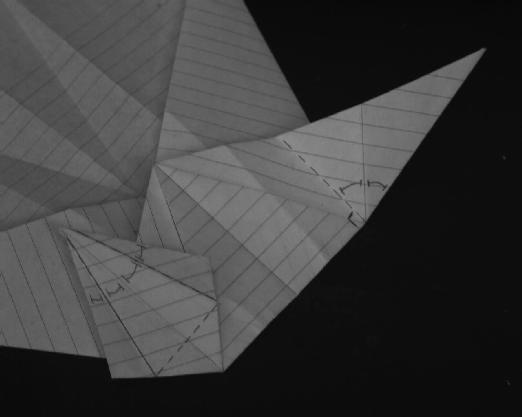


Return to the: |
Exotic
|